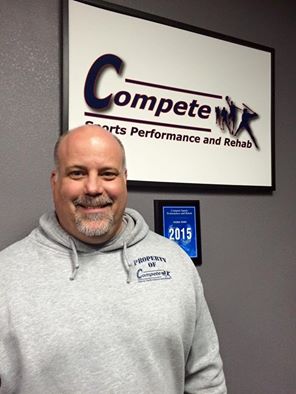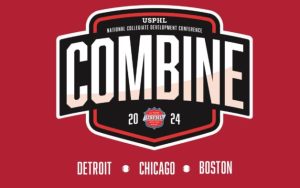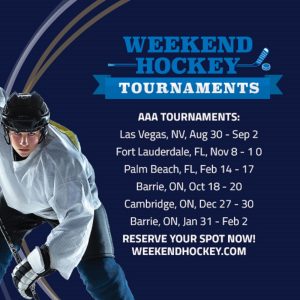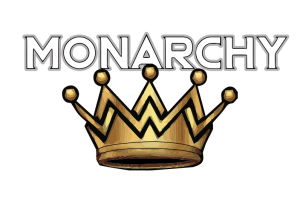From the Trainer’s Room: What you need to know about in-season hockey training
The youth hockey season can be a grind with many clubs playing upwards of 50-60 games, not to mention all of the practices, lessons and travel.
 A proper in-season strength and conditioning program is vital in staying healthy and maintaining performance throughout the year. The program must be built around the team- or individual-specific needs, such as strength or speed, and also include specific exercises to help prevent injuries common in the sport, like groin strains and low back pain.
A proper in-season strength and conditioning program is vital in staying healthy and maintaining performance throughout the year. The program must be built around the team- or individual-specific needs, such as strength or speed, and also include specific exercises to help prevent injuries common in the sport, like groin strains and low back pain.
A qualified strength and conditioning specialist also needs to be able to modify the program throughout the season to account for a busy or slow part of the schedule. For example, if a team is coming off a tournament weekend where it played four or five games in a weekend, the session needs to be modified and based on recovery. This may include more stretching, mobility, injury prevention and core exercises with the goal being to decrease soreness and help the athlete recover from the heavy schedule. On the contrary, if the session is later in the week and the team does not have any games coming up, the intensity can be increased to maintain anaerobic capacity. This may include more short sprints or plyometric type exercises.
There is no one program that is perfect for every team or individual and modifications need to be made to address age, level of athletic ability and what type of equipment is available. One team may have a great facility with room for speed and agility and a weight area, whereas another team may have to train in a parking lot where they only have the use of bodyweight exercises or use bands for resistance.
Both situations can be effective, but the programs may be drastically different.
There are tons of drills and exercises that can be incorporated into your in-season program. The following are some examples of goals and exercises.
Speed and Acceleration: forward and backward crossovers in a speed ladder or 10-20 yard sprints
Lower Body Strength: single leg squats or lateral lunges
Upper Body Strength: dumbbell chest press and push up position dumbbell rows
Core Development: medicine ball rotation throws or side planks
Injury Prevention: resisted knee drives or resisted shoulder external rotations
Mobility and flexibility: Spiderman with a rotation or kneeling hip flexor stretch.
There are tons of variations that can be implemented to create an effective program, but they must be devised to meet the specific demands placed on your team or individual and must include exercises and drills to maintain or improve strength and flexibility while preventing injuries.
Chris Phillips ATC, CSCS, is a former athletic trainer in the NHL with the Anaheim Mighty Ducks and Washington Capitals and currently owns Compete Sports Performance and Rehab.








